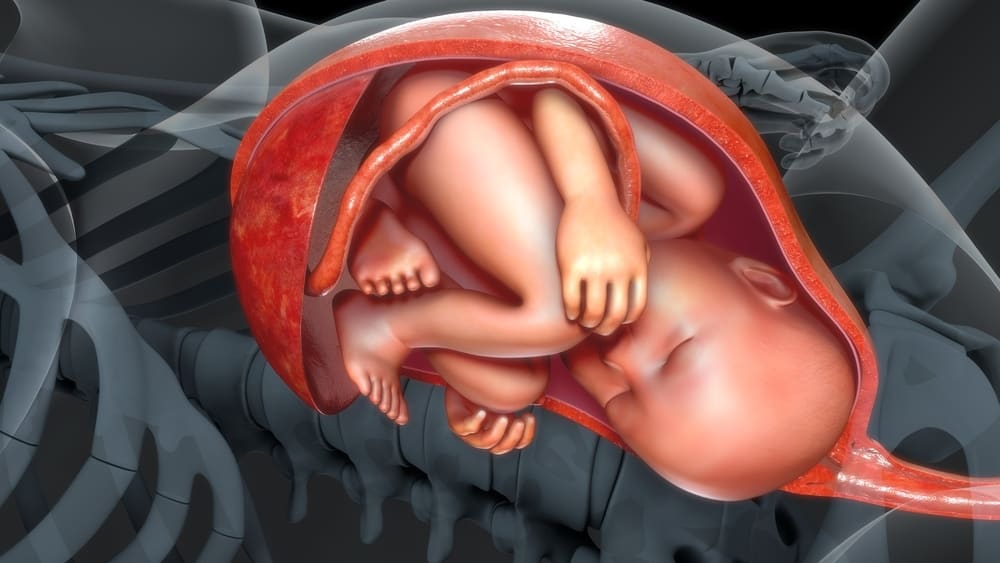Contents:
- Medical Video: Emergency Treatment for Ischemic Stroke - Dr. Reza Jahan | UCLA Interventional Radiology
- How does thrombolytic therapy treat stroke?
- How to use thrombolytic therapy to treat stroke
Medical Video: Emergency Treatment for Ischemic Stroke - Dr. Reza Jahan | UCLA Interventional Radiology
Thrombolysis, also known as thrombolytic therapy, is a treatment to dissolve dangerous clots in blood vessels, smooth blood flow, and prevent damage to tissues and organs. Thrombolytic therapy can involve injecting a clot-busting drug via an intravenous (IV) channel or through a long catheter that delivers the drug directly to the location of the blockage. This treatment can also involve the use of a long catheter with a mechanical device attached to the tip, either removing or breaking blood clots.
Thrombolytic therapy is often used as an emergency treatment to dissolve blood clots that form in the arteries that feed the heart and brain, which are the main causes of heart attacks and ischemic strokes and in the pulmonary arteries (acute pulmonary embolism).
Thrombolysis agents include:
- Eminase (anistreplase)
- Retavase (reteplase)
- Streptase (streptokinase, kabikinase)
- T-PA (class of drugs including Activase)
- TNKase (tenecteplase)
- Abbokinase, Kinlytic (rokinase).
If blood clots are life threatening, thrombolytic therapy can be an option if started as soon as possible. Ideally taken within one to two hours after the onset of symptoms of a heart attack, stroke, or pulmonary embolism (if a diagnosis has been made).
How does thrombolytic therapy treat stroke?
If a stroke is caused by a blood clot, this can be treated with clots that will break the clot and restore the blood supply to your brain.
The drug itself is called alteplase or recombinant tissue plasminogen activator (rt-PA). The process of administering this drug is known as thrombolytic therapy.
Thrombolytic works by dissolving blood clots quickly, helping to drain blood back to the heart and help prevent damage to the heart muscle. Thrombolytics can prevent deadly heart attacks.
Thrombolytics are not given to someone who has a bleeding stroke (bleeding in the brain) because it can worsen strokes by causing increased bleeding.
Thrombolytic therapy is not always successful, only one in seven people benefit from this treatment. There is also the risk that thrombolytic therapy can cause dangerous bleeding in your brain. This happens in about 7% of cases.
How to use thrombolytic therapy to treat stroke
Thrombolytic therapy has been shown to have many benefits in patients with acute ischemic cerebral disease. For most people, thrombolytic therapy needs to be given at the latest four and a half hours after your stroke symptoms appear. In some circumstances, doctors can decide that this treatment can still be beneficial within six hours. But the more time passes, the less effective thrombolytic therapy is. This is why it is very important to immediately check into the hospital when symptoms appear.












